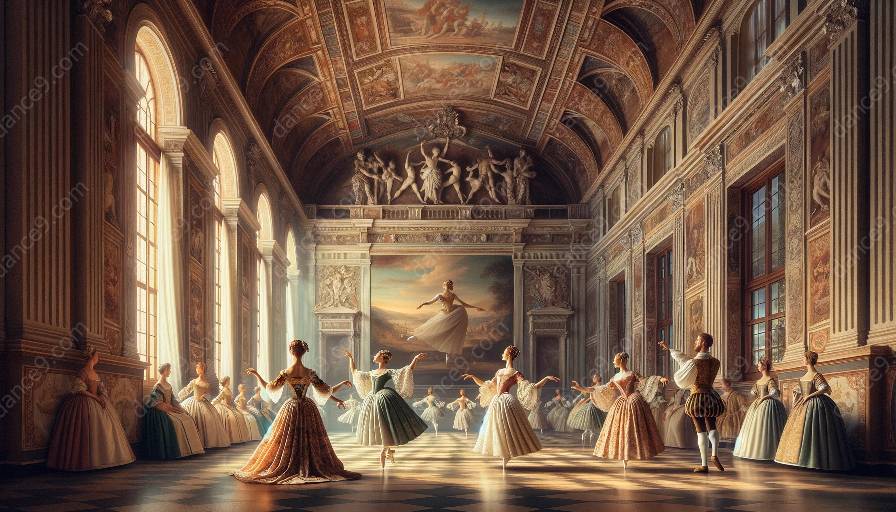Ballet, with its rich history and tradition, has seen significant evolution in its technique over time. From the origins of ballet to its historical development and theory, understanding the key elements of ballet technique provides insights into its transformation and enduring allure.
Origins of Ballet
The origins of ballet can be traced back to the Italian Renaissance during the 15th and 16th centuries, where court spectacles and entertainment flourished. Initially, ballet was a form of social dance, often performed during elaborate royal events and festivities. The early ballet performances were characterized by elegant gestures, intricate footwork, and graceful movements, laying the foundation for the development of ballet technique.
Ballet History and Theory
The evolution of ballet technique has been intricately intertwined with its historical and cultural context. From the grandeur of the French court to the establishment of ballet as a theatrical art form, the history of ballet reflects its adaptation to changing societal norms and artistic influences. The theories of influential ballet masters such as Jean-Georges Noverre and Marius Petipa have shaped the technical principles and choreographic styles that define classical and contemporary ballet.
Key Elements of Ballet Technique
The key elements of ballet technique encompass a broad range of components that contribute to the artistry and athleticism of ballet dancers. These elements have evolved over time, influenced by advancements in training methodologies, anatomical understanding, and artistic expression.
1. Turnout
One of the fundamental elements of ballet technique is turnout, which refers to the rotation of the legs from the hips, allowing the dancer to present an outward position of the feet and legs. This technique enhances the aesthetics of movements and enables the execution of intricate footwork and poses.
2. Positions of the Arms and Legs
Ballet technique encompasses specific positions of the arms and legs, such as first, second, third, fourth, and fifth positions. These prescribed positions form the basis for executing movement sequences and maintaining alignment and balance.
3. Alignment and Posture
Alignment and posture are critical elements in ballet technique, ensuring the proper distribution of weight, elongation of the spine, and engagement of core muscles. These elements contribute to gracefulness, strength, and injury prevention.
4. Pointe Work
The evolution of ballet technique has witnessed the development of pointe work, allowing female dancers to perform intricate movements on the tips of their toes using pointe shoes. The mastery of pointe work requires strength, control, and precision.
5. Artistic Expression and Musicality
Beyond the physical aspects, the evolution of ballet technique encompasses a heightened emphasis on artistic expression and musicality. Dancers are encouraged to embody emotions, storytelling, and synchronization with the music, enhancing the communicative power of ballet performances.
Evolving Ballet Technique
Over time, ballet technique has evolved through the amalgamation of diverse influences, including innovations by pioneering choreographers, advancements in dance science, and the evolving cultural landscape. The fusion of classical tradition with contemporary creativity has led to an expansion of technical possibilities and artistic interpretation, enriching the tapestry of ballet as an art form.
Conclusion
The evolution of ballet technique reflects the dynamic interplay between tradition and innovation, shaping the physical, artistic, and cultural dimensions of ballet. By delving into the origins of ballet, its historical trajectory, and the key elements of its technique, one gains a profound appreciation for the enduring legacy and transformative nature of this captivating art form.





























